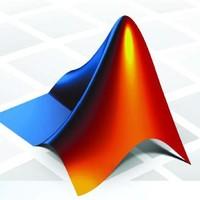For the approximation and simulation of twofold iterated stochastic integrals and the corresponding L\'{e}vy areas w.r.t. a multi-dimensional Wiener process, we review four algorithms based on a Fourier series approach. Especially, the very efficient algorithm due to Wiktorsson and a newly proposed algorithm due to Mrongowius and R\"ossler are considered. To put recent advances into context, we analyse the four Fourier-based algorithms in a unified framework to highlight differences and similarities in their derivation. A comparison of theoretical properties is complemented by a numerical simulation that reveals the order of convergence for each algorithm. Further, concrete instructions for the choice of the optimal algorithm and parameters for the simulation of solutions for stochastic (partial) differential equations are given. Additionally, we provide advice for an efficient implementation of the considered algorithms and incorporated these insights into an open source toolbox that is freely available for both Julia and MATLAB programming languages. The performance of this toolbox is analysed by comparing it to some existing implementations, where we observe a significant speed-up.
翻译:对于两个迭代随机集成物的近似和模拟以及相应的L\'{{{e}vy 区域(W.r.t.)的多维维内尔进程,我们根据Fleier系列法审查四种算法。特别是,考虑到Wiktorsson的高效算法和Mrongowius和R\'ossler的新提议的算法。为了将最近的进展放到上下文,我们在一个统一的框架内分析四个基于Fourier的算法,以突出其衍生的差别和相似之处。对理论属性的比较,辅之以一个数字模拟,以显示每种算法的趋同顺序。此外,还给出了选择最佳算法和参数的具体指示,以模拟随机(部分)差异方程式的解决方案。此外,我们为高效实施考虑的算法提供了咨询意见,并将这些见解纳入一个开放的源工具箱,供Julia和MATLAB编程语言自由使用。这一工具箱的性能通过将它与某些现有的执行过程进行比较,我们观测到显著的速度。



